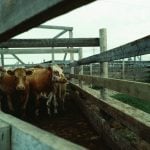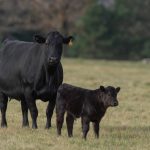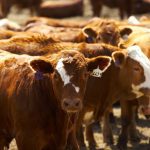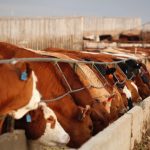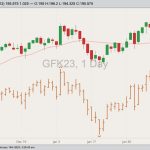A video produced by the Beef Cattle Research Council (BCRC) can help producers calculate the benefits of tightening up the calving season, to increase the pounds of beef produced by weaning. According to the BCRC, calving distribution is the percentage of calves born in each 21-day cycle throughout the calving season. Each time a cow […] Read more
